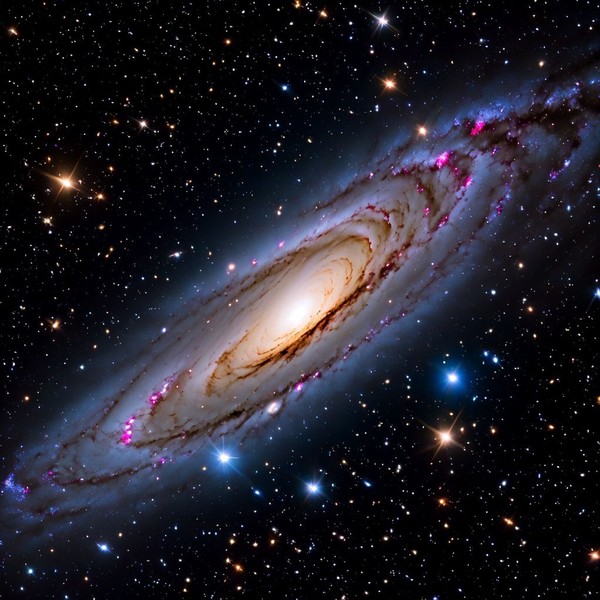×
Welcome to Dante Blogs!
Here are some shortcuts to enhance your experience:
- h Go to Home/Front Page
- o Go to Profile Page
- b Go to Blog Page
- t View DanteTweets Timeline
- p Go to Podcast Player
- m Rebirth Magazine
- d Danteblogs Frontpage
- s Podcast Subscriptions
- y Public Podcast Player
- n New Post
- e Edit Post (From View Post)
- a Edit All Blog Posts
- l Login Page
- ? Help Screen (This)
Please note that the shortcuts are turned off when writing or editing a post!










